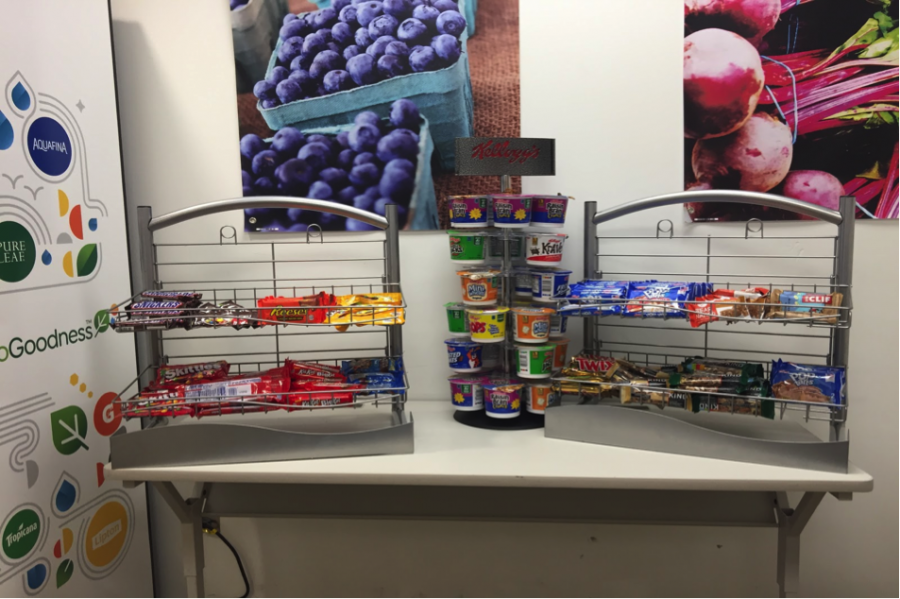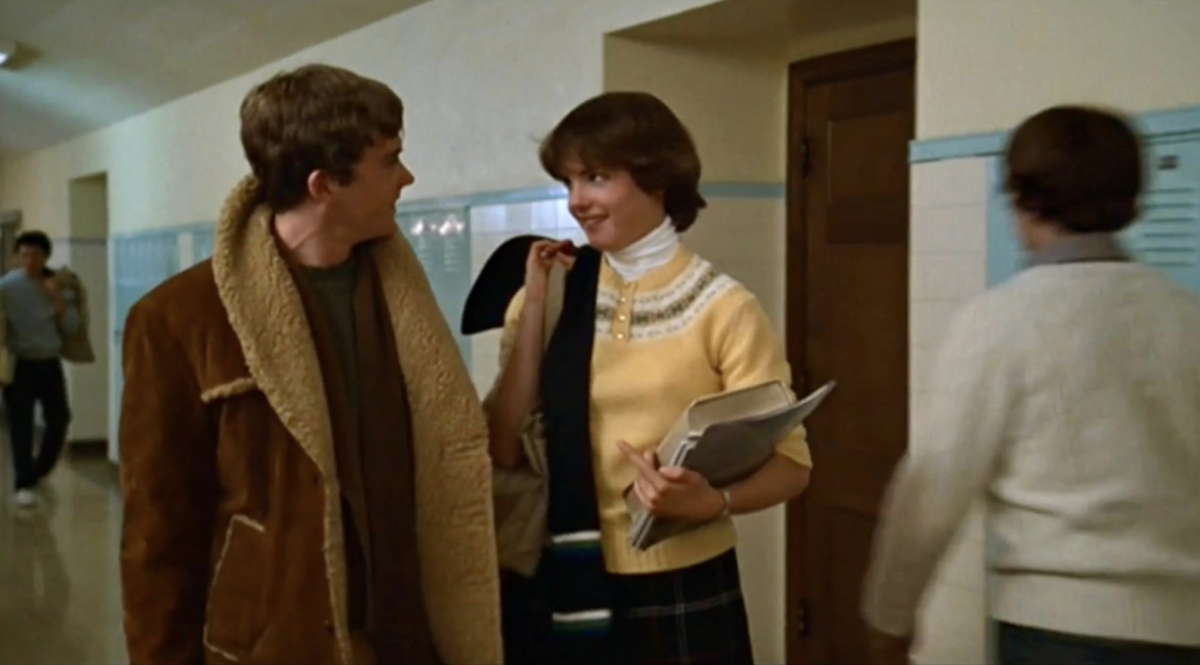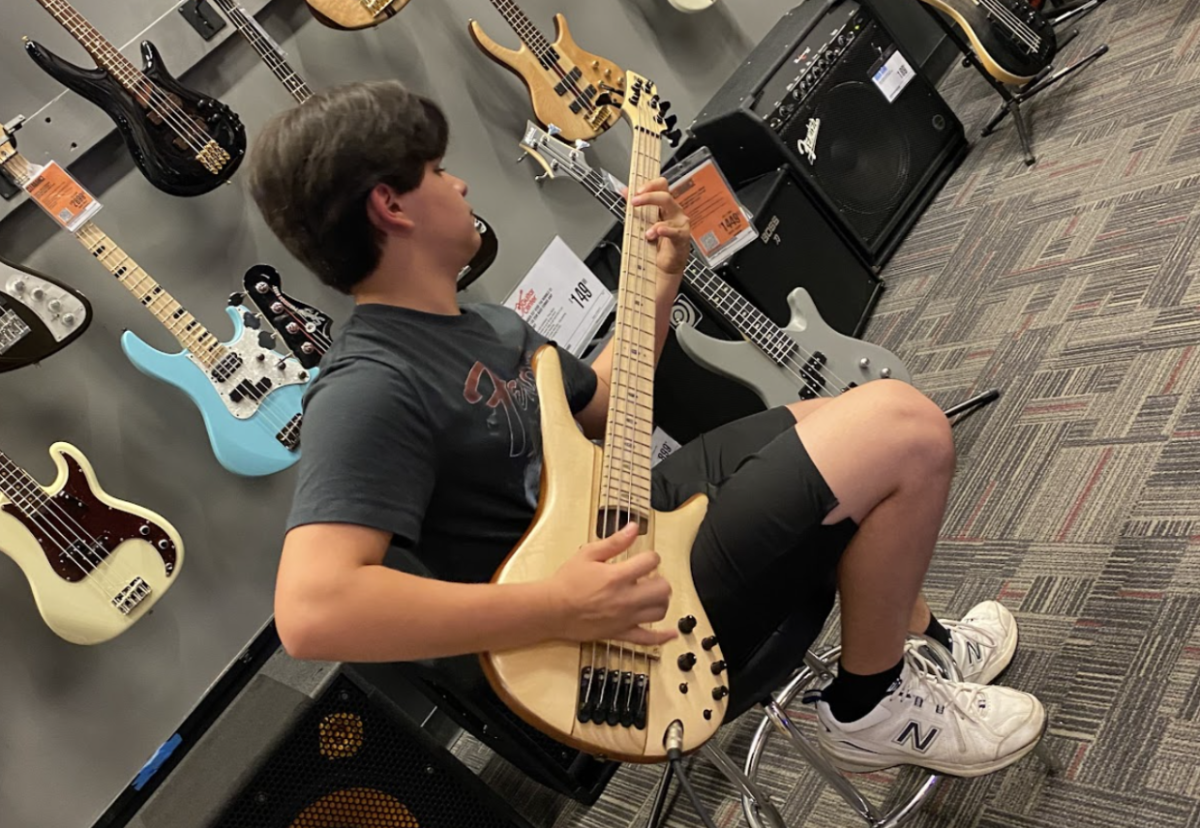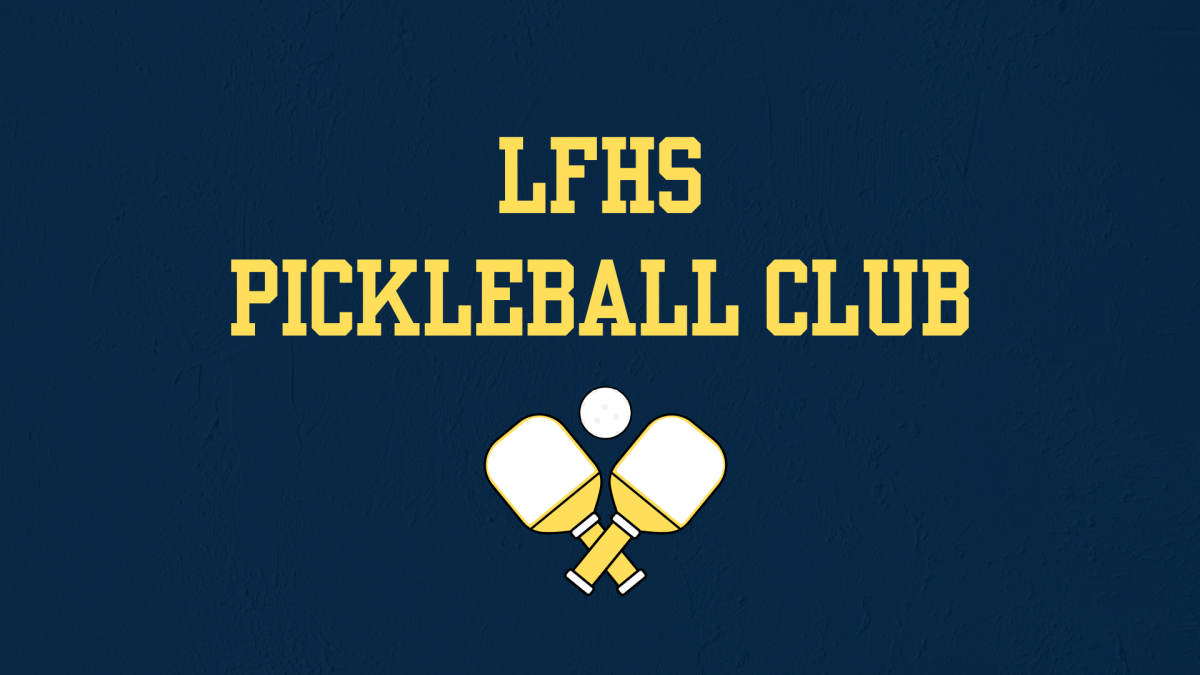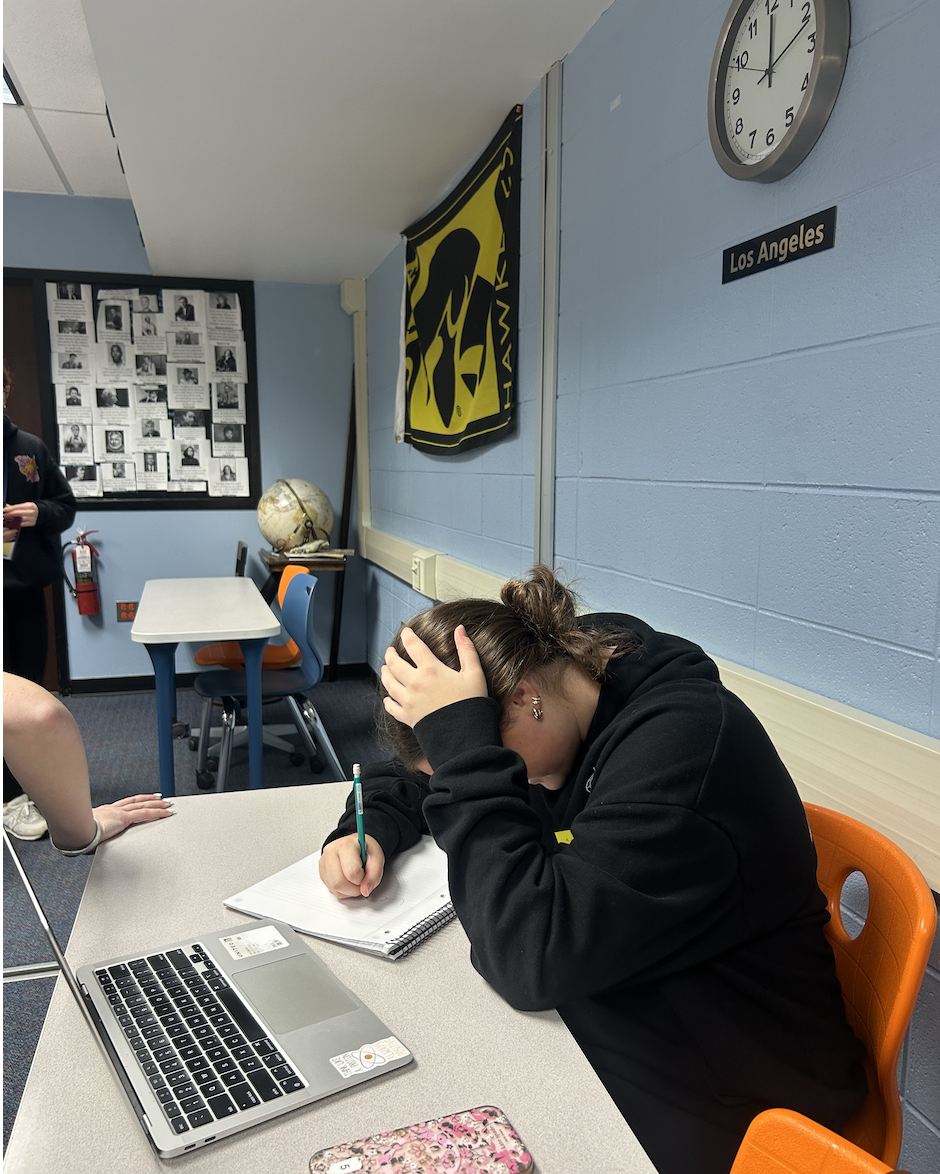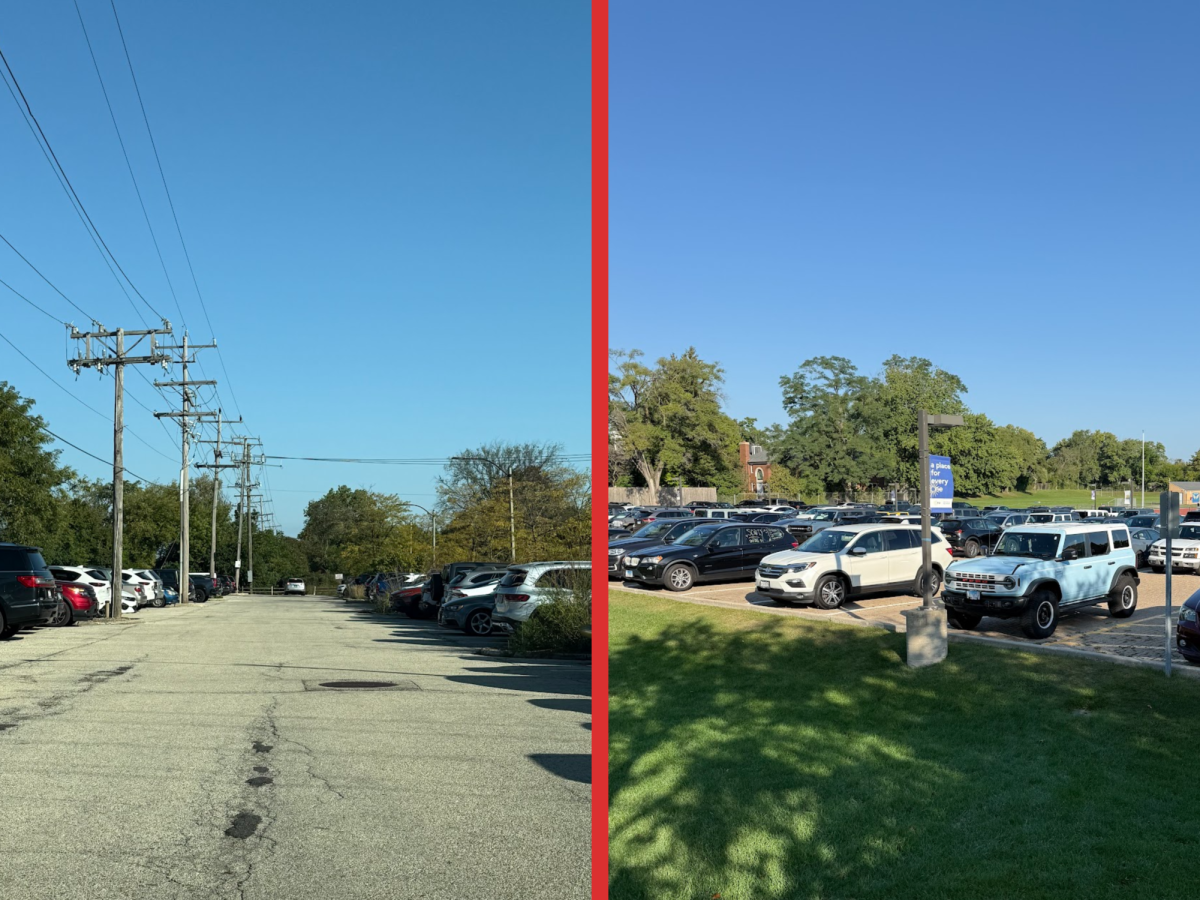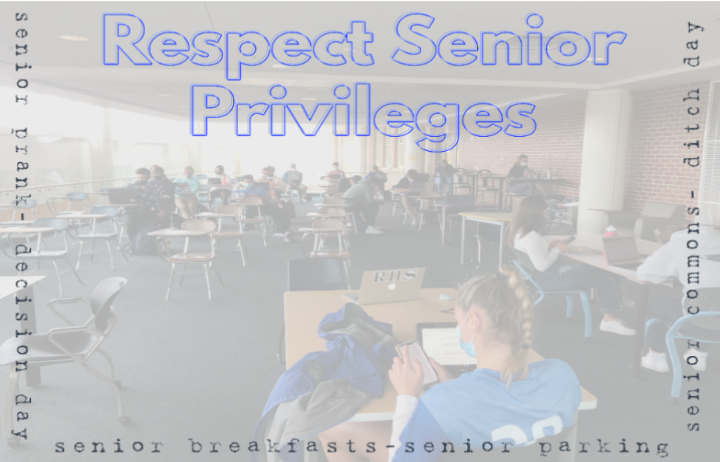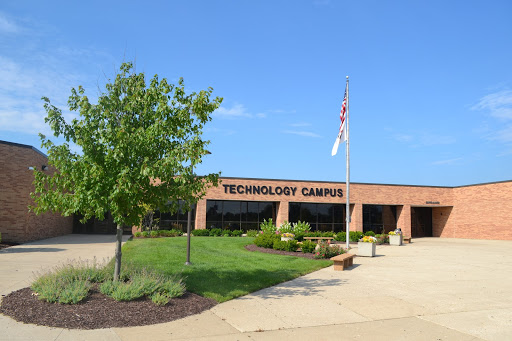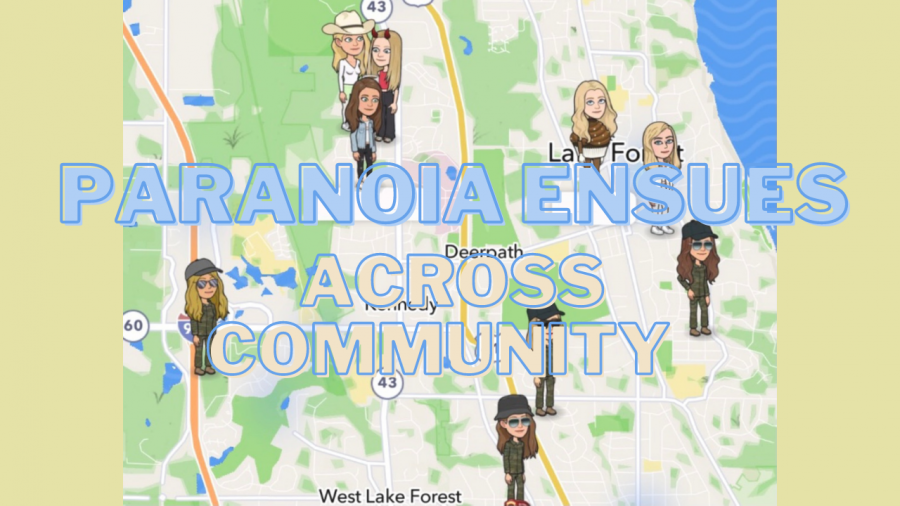When you step inside the bustling cafeteria during the beginning of a chaotic lunch hour, you will see made-to-order burritos, pasta, and sandwiches, a salad bar, soup, sushi, paninis, pizza and fried chicken. On top of that there are numerous prepackaged options such as chips, candy, fruit and veggie cups, hummus and pretzels, cookies, soda, tea, energy drinks and bottled water. You may be so overwhelmed with the heavy traffic of impatient students and the impressive collection of options to not notice the price disparity that persists between the healthy and unhealthy foods.
If you were to spend $5 at the LFHS cafeteria, you could get a hamburger, a generous side of french fries, and a king sized candy bar. Not bad for 5 bucks. However, many LFHS students desire healthier food; unfortunately for them $5 only gets you a prepackaged hummus and pretzels and a cup of fruit. Not in the mood for a hamburger? That’s okay, because for $4.00 you can purchase chicken tenders and a large side of onion rings. Or if it better suits you, 10 ounces of salad. Maybe you just want a snack. In that case,
$2.25 would buy you two Pop-Tarts and a large donut. Does the sugar content in that combo make you cringe? Luckily for you the same $2.25 could buy you one Barenaked bar. $4.00 burning a hole in your pocket? For that you could buy a serving of edamame, or a bottle of soda, a chocolate chip cookie, and a bag of chips.
Let me put it simply. Granola bars cost twice as much as donuts. Sobe Life Water (sugar free) costs 75 cents more than bottled soda. Skinny Pop costs more than Cheetos. A serving of carrots with ranch costs more than a cheeseburger.
There is an undeniable difference between the prices of healthy food and unhealthy food at LFHS, and unfortunately, we’re not alone. You could observe the same phenomenon in any grocery store across the country. Don’t get me wrong, the Lake Forest High School lunchroom has improved for the 2016-17 school year. But the problem persists. How do you reasonably expect school children to make healthy decisions when they can get a plate full of chicken tenders and onion rings for the same price as 10 ounces of salad?
Our school cafeteria is not the same as a grocery store. It has a monopoly over the students from the hours of 8:15 to 3:20 or later, five days a week. Sure, there are many students who opt to pack their own lunch, but for many others, that is not a realistic option. With busy parents and even busier mornings, the school cafeteria is a very convenient resource. Especially this year.
Because of the shortened lunch periods, going off campus for lunch is not a practical option, even for upperclassmen. So many are left to the cafeteria. Therefore, every school, from elementary on to high school, has a responsibility to ensure that there is a wide variety of healthy, affordable foods for students to choose from. Our country has an obesity epidemic of enormous proportions, and while that may not be a major problem in Lake Forest, the struggle to maintain a healthy diet and lifestyle is constant for many students.
So I ask you, how can you reasonably expect students to make healthy eating decisions when there are so many cheap, filling, delicious, options? And for the students who pick and choose only the healthiest lunch offerings, why should they have to pay more for a satisfying meal? Is the healthier food really that much more expensive to buy? I don’t buy that. Do schools charge more because they know students will pay more in the interest of good health? Fueling our brains and our bodies and teaching us to be healthy, conscientious, consumers and citizens is in the best interest of the school, and the country. So while we wait for America to realize this problem and do something about it, maybe bring your Kind Bar from home, because you can get 4 for $5 at target, but for some reason, they cost $2 a piece at the school cafeteria.

